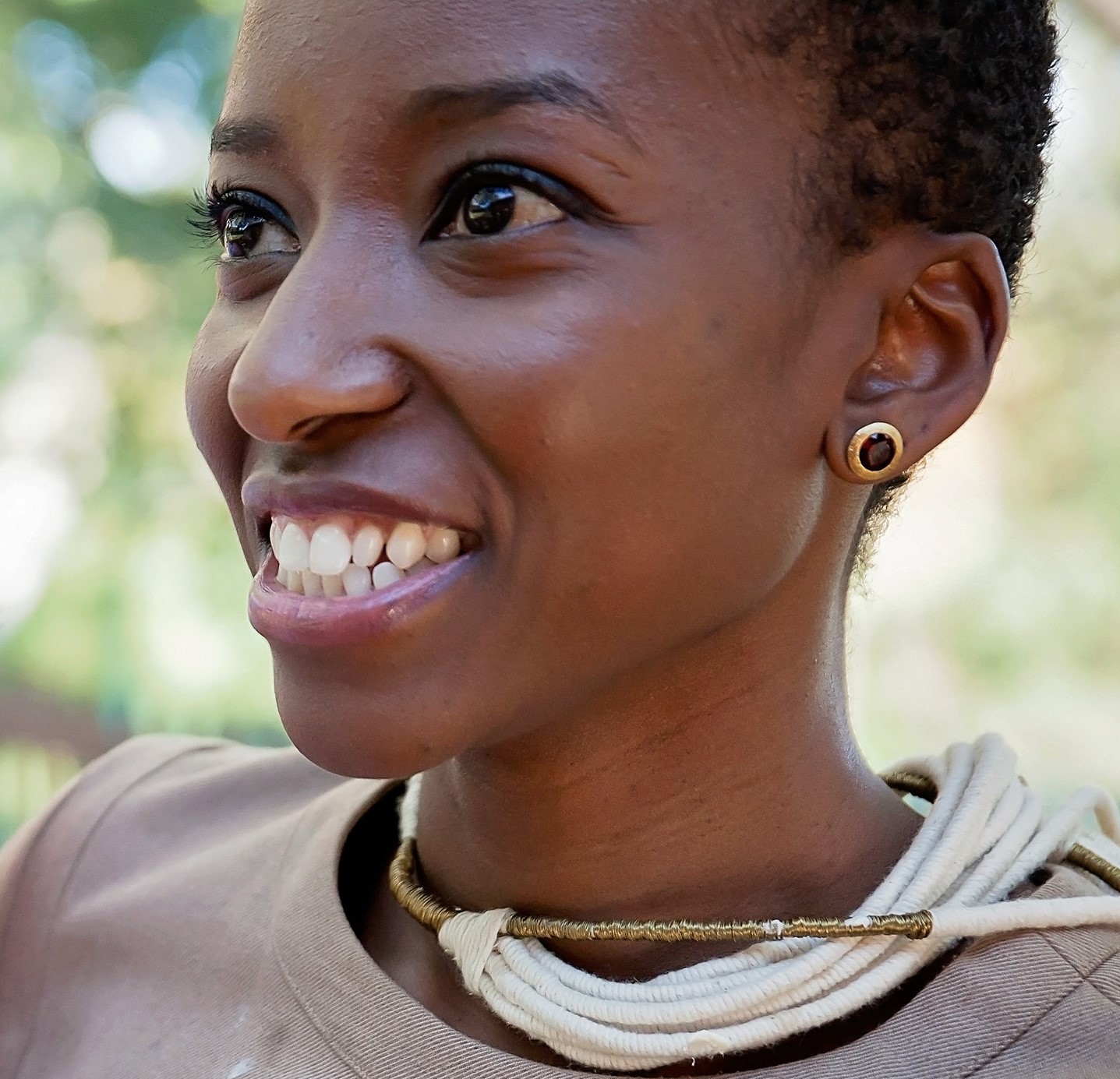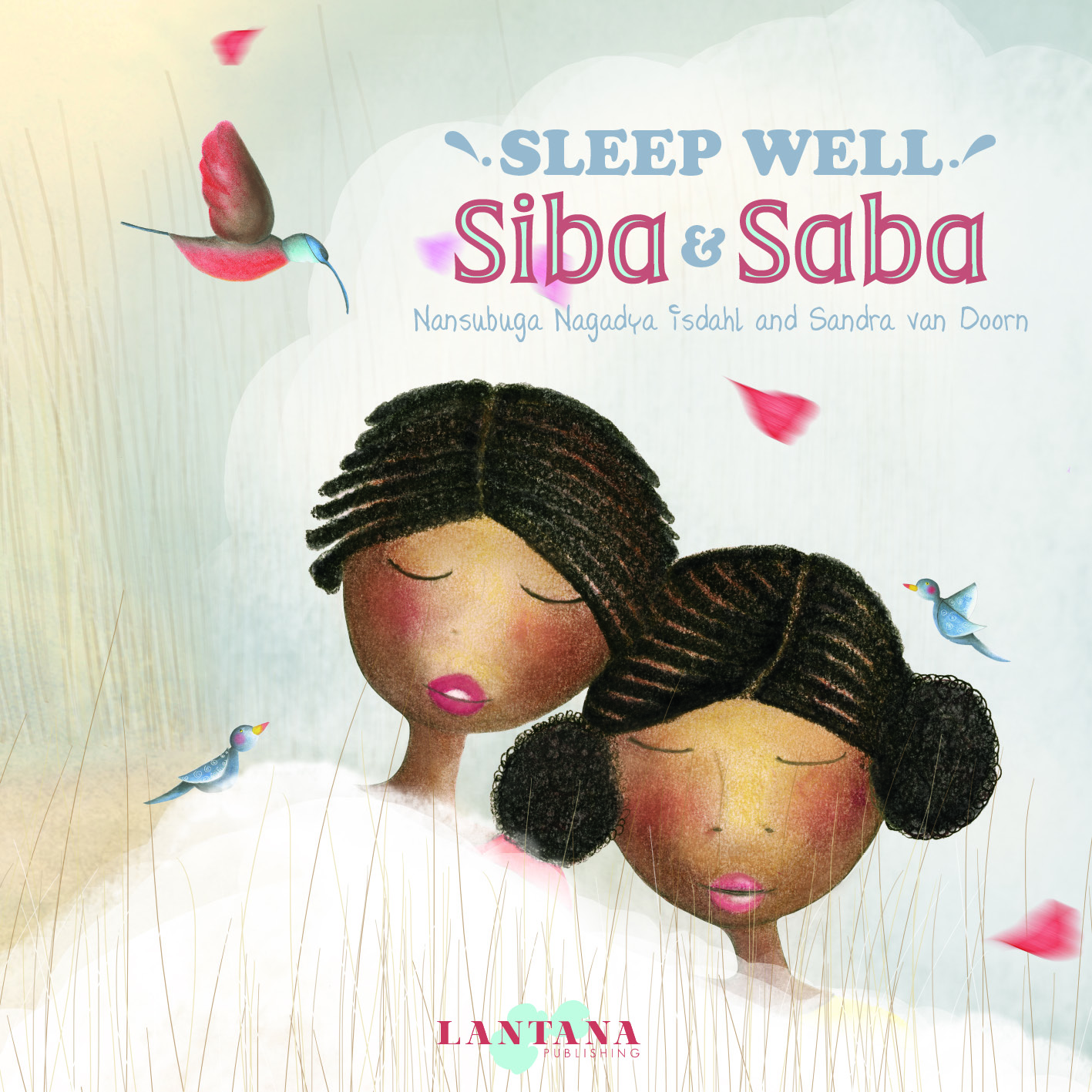
“My goal is to focus on crafting stories for global audiences inspired by my Ugandan heritage. Set primarily in East and Southern Africa, my stories aim to illuminate the everyday and diverse experiences of African children, while celebrating human universality.” says Nansubuga Nagadya Isdahl on Mater Mea. And with its celebration of both the unique and the universal, SLEEP WELL, SIBA AND SABA reads like a loving literary hug. Please join us in welcoming Nansubuga Nagadya Isdahl and her children’s literature debut!
The Journey:
I think like many writers, my path to publishing started long ago…as a reader. I read quite a bit as a child and as a young adult, and at some point (about 15 years ago), I recognized that stories that featured an African perspective were missing along the spectrum of fiction from children’s literature to adult literary fiction. I noticed an even larger absence of African stories written by African writers but wasn’t sure what role I could play. My career path eventually led to work in international development as a writer and editor for specialized UN agencies and international NGOs. I write about a broad range of topics from public health to social protection, education, and other rights-based issues for projects in East and Southern Africa. My family is from Uganda so working in the development context had always been an aspiration.
Over the last decade of working and living in East and Southern Africa, and more recently while living in Johannesburg when I was pregnant with my daughter, I returned to this idea that brown, and more specifically African faces, were missing from the books that I would want to share with her. At the same time, I couldn’t find a children’s book about Uganda that captured how I felt about the country. I also vividly remember so many people struggling to pronounce my Ugandan name while growing up in the US, and very much wanted my daughter to see her own Ugandan name reflected on the bookshelf (Saba is short for Nsaba, which is my daughter’s name).
With all of this as fuel, I decided to take a leap and write a story for my daughter that captured my love of Uganda and that portrayed the many beautiful things that I love about the country. That story was Sleep Well, Siba and Saba and my husband insisted that I try to publish it. Since then, I have not looked back.

The Back Story:
Once I conceived of Siba and Saba, I had to think about where the best literary home for the story would be. Not knowing any published authors personally, or anything about the publishing world for that matter, I reached out to some friends for their contacts and did quite a bit of research online. I also realized that with my story, the illustrations the way in which Uganda would be represented mattered just as much as the story. Through the book, I wanted to create a space for the beauty of Uganda to be celebrated in the world, and by global audiences. From my research, however, it seemed that an author had very little input on the selection of an illustrator or the illustration style at larger publishing houses. Based on that alone, I thought it would be a good idea to focus on a smaller, independent publisher. I spent several months searching online for publishers that focused on diverse stories, and when I found Lantana, I had a gut feeling that they were the one. I sent my story out once, only to them as an exclusive submission, and the rest is………
The Inspiration:
My first inspiration can be found very close to home from my family. I am internally motivated to honor my lineage and culture, as I believe my grandfather would have wanted it. I have witnessed such unsung nobility and grace in African families. I feel obligated to share these storiesif even through the lens of a story for children.
I also draw a lot of inspiration these days from contemporary African visual artists, like Njideka Akunyili Crosby (Nigeria) and Billy Zangewa (Malawi/South Africa). I’m also a fan of the British-born, Ghanaian Lynette Yiadom-Boakye. All three of these women have an amazing, textured brilliance to their artworks that inspires me to create their works are worlds and stories unto themselves. I am also currently absolutely inspired by the prolific Japanese author-illustrator Tarō Gomi, who has written hundreds of books for readers of all ages. I find the simplicity of his illustrations stunning.
The Process:
I usually start with a concept or an idea, a niggling feeling really, that turns into an idea. And then I take it from there. I write it out, as bad as it may be. And then I refine and refine over months (and sometimes years). I just write…and re-write.
* Where Do We Go From Here? (What are your ideas for next steps, for artists, young people — toward a more just world. And: what projects do you have coming up next?)
I have set my personal sights on Africa. Many efforts from business and development to art and storytelling have emerged in recent years to help shift the African narrative. I include myself in that process largely through African-inspired children’s books, but also as a champion of contemporary African art and other projects that focus on the beauty that is black and African culture. I think given the current climate, this has considerable value if we want to raise children that are considerate, empathetic, and have a more global outlook.
In terms of upcoming projects, I have another children’s book coming out with Lantana in the fall and several more stories in progress. I also recently launched an art consultancy, Africa Facing Art, with my husband. Africa Facing Art’s mission is to connect U.S. public and private spaces, and collections, with the contemporary art of Africa.
For any author, artist, or young person looking to make a change, start in any way you can. Just start. I deferred so many dreams when I was younger. I encourage everyone to take that leap. Now.

Reblogged this on Tracey Baptiste.
It always helps to remind Americans (frequently) that Africa is a continent and not a country. Having a sleepy-time story SPECIFIC to Uganda’s particular wonders is a lovely idea, and I’m happy to know about it.